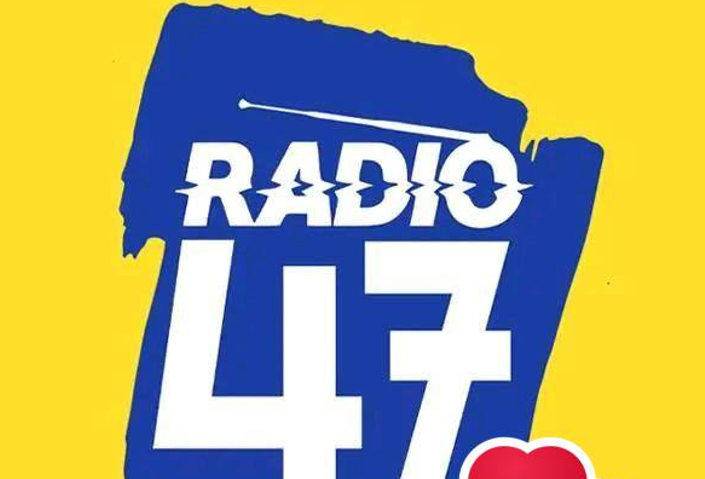The league of Top Five radio stations in Kenya has recorded a new entrant this year, Radio 47, according to a new survey by the Media Council of Kenya (MCK).
The survey, which covers 2023, shows that the top four radio stations retained their spots in the ranking, with Radio Citizen gaining more viewers from 18 per cent in 2022 to 22 per cent in 2023.
Second-placed Radio Jambo saw its share drop from 16 per cent in 2022 to 14 per cent in 2023, while Radio Maisha dropped from 12 per cent to 11 per cent. Fourth-placed Milele FM dropped from eight per cent to six per cent.
On the other hand, the new entrant to the “Big Five” club, Radio 47, recorded a five per cent share in listenership despite launching in March 2023.
“Radio 47, a new entrant is up at 5 per cent. There is something they are doing right,” MCK CEO David Omwoyo said.
In TV, there were changes on the leading TV stations with Citizen TV retaining the top spot at 35 per cent. NTV was second at 11 per cent followed by KTN Home and KTN News at eight and seven per cent respectively. K24 and KBC had a seven per cent market share. Interestingly, KBC, which was ranked second in 2022, was dislodged to sixth place in 2023.
In terms of newspapers, despite retaining the top spot, Daily Nation dropped its market share from 42 per cent in 2022 to 35 per cent in 2023.
The Standard took the second spot at 21 per cent, down from 28 per cent, followed by Taifa Leo at 14 per cent. The Star was ranked fourth with an increased market share from four per cent followed by Nairobian and People Daily at six and five per cent respectively.
The survey by MCK shows that TV and radio continue to be the main sources of information.
“About one in every three respondents (33%) indicated that they consumed content from TV within the last one week, another 32% mentioned radio, while social media garnered 18% of the mentions. There are no major changes between the findings of the 2022 survey and the 2023 one,” the report noted.
Regionally, North Eastern and Western regions exhibited a higher preference for radio consumption over television.
Further analysis shows that urban residents have a higher inclination towards TV consumption, with 83 per cent of urban dwellers engaging with this information medium.
Similarly, peri-urban areas recorded a substantial TV consumption rate of 79 per cent. Conversely, radio consumption is notably higher among rural dwellers, with 78 per cent of them favouring this medium for their informational and entertainment needs.
A considerable proportion of the surveyed respondents, at least 27 per cent, allocate 1-2 hours to view television (TV) on a typical This represents a two per cent increase from 2022 (25 per cent) and an eight per cent increase from 2021 (19 per cent). Another 20 per cent mentioned they dedicate 3-4 hours to TV viewership.
Notably, 22 per cent of the surveyed respondents indicated that they do not watch TV This is a significant drop from 42 per cent in 2021.
Moreover, a majority (75 per cent) disclosed that they typically watch TV during prime hours between 7:00 pm and 10:00 pm, with an additional nine per cent tuning in between 4:01 pm and 6:59 pm.
At least 26 per cent of the surveyed respondents indicated that they read a newspaper in a typical week, which is a three per cent drop from 2022 (29 per cent).
Gender-wise, there is a significant difference in newspaper readership, with more males (33 per cent) than females (18 per cent) indicating they read a newspaper. Additionally, newspaper readership is higher in urban and peri-urban areas compared to rural areas.
Most (33 per cent) newspaper readers buy them to consume news. Additionally, 18 per cent of newspaper readers are driven by their interest in politics, while 27 per cent buy them to read sports coverage. Furthermore, eight per cent of newspaper readers are motivated by classifieds/display ads/tenders, among other related content.
A significant proportion (48 per cent) of the surveyed respondents indicated that they do not visit news websites. There was no significant statistical differences from the 49 per cent recorded in 2022.
WhatsApp, Facebook, and YouTube maintained their positions as the leading digital and social media platforms throughout the years 2021, 2022, and 2024. There is, however, declined percentages in their usage.
A significant proportion (38 per cent) of the surveyed respondents expressed some degree of trust in the media, compared to 42 per cent in 2022, while 30 per cent reported an average level of trust, up from 22 per cent recorded in 2022.
However, nine per cent stated a complete lack of trust in the media, contrasting with a notable 22 per cent who indicated a high level of trust in the media. In the 2022 survey, 10 per cent had reported no trust in media, while 27 per cent had expressed a high level of trust.
Examining trust across various media platforms, radio recorded the highest level of trust (at 33 per cent), closely followed by television at 29 per cent.
Read: Nation Media Group to Sack Hundreds of Employees in Fresh Layoff
>>> Kenyan Media Tracking Firm Beats Global Giants at AMEC Awards

